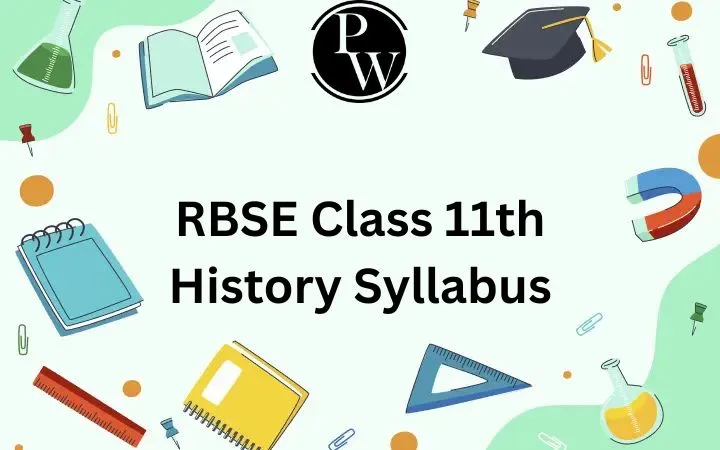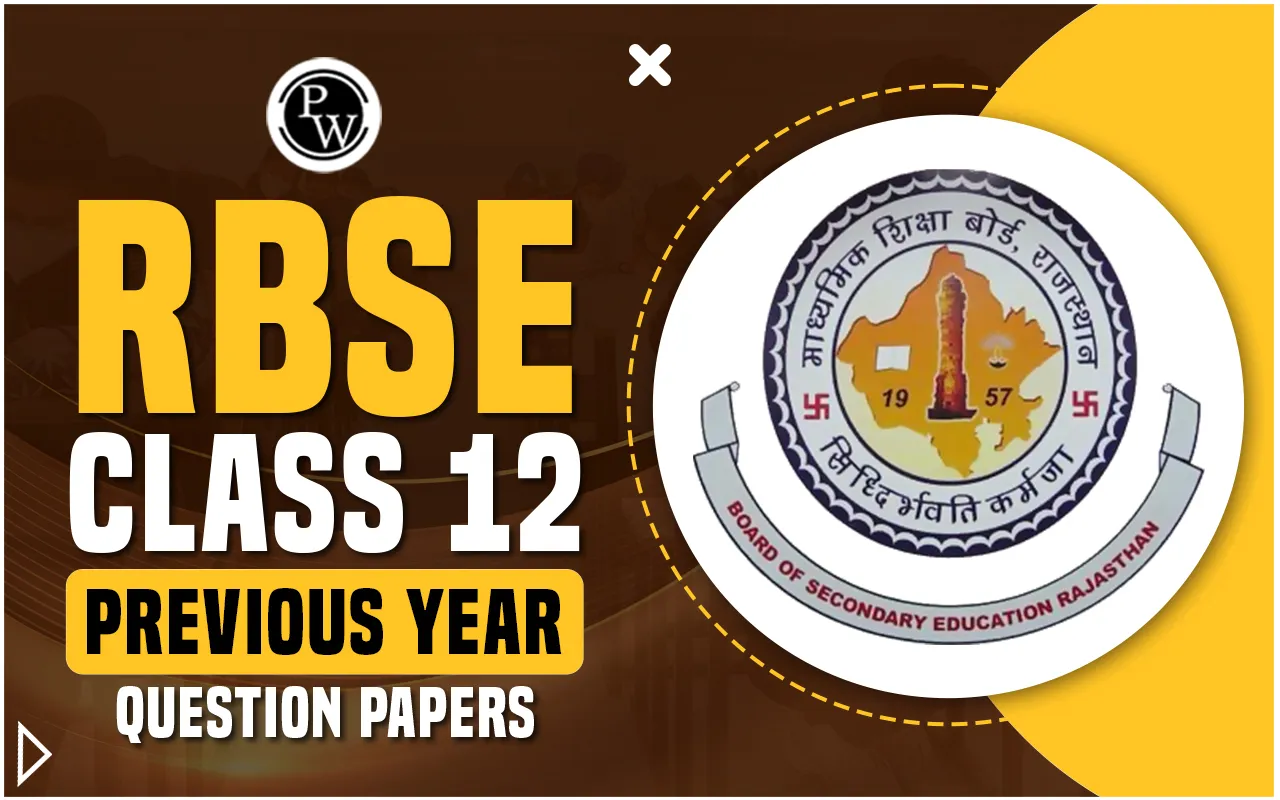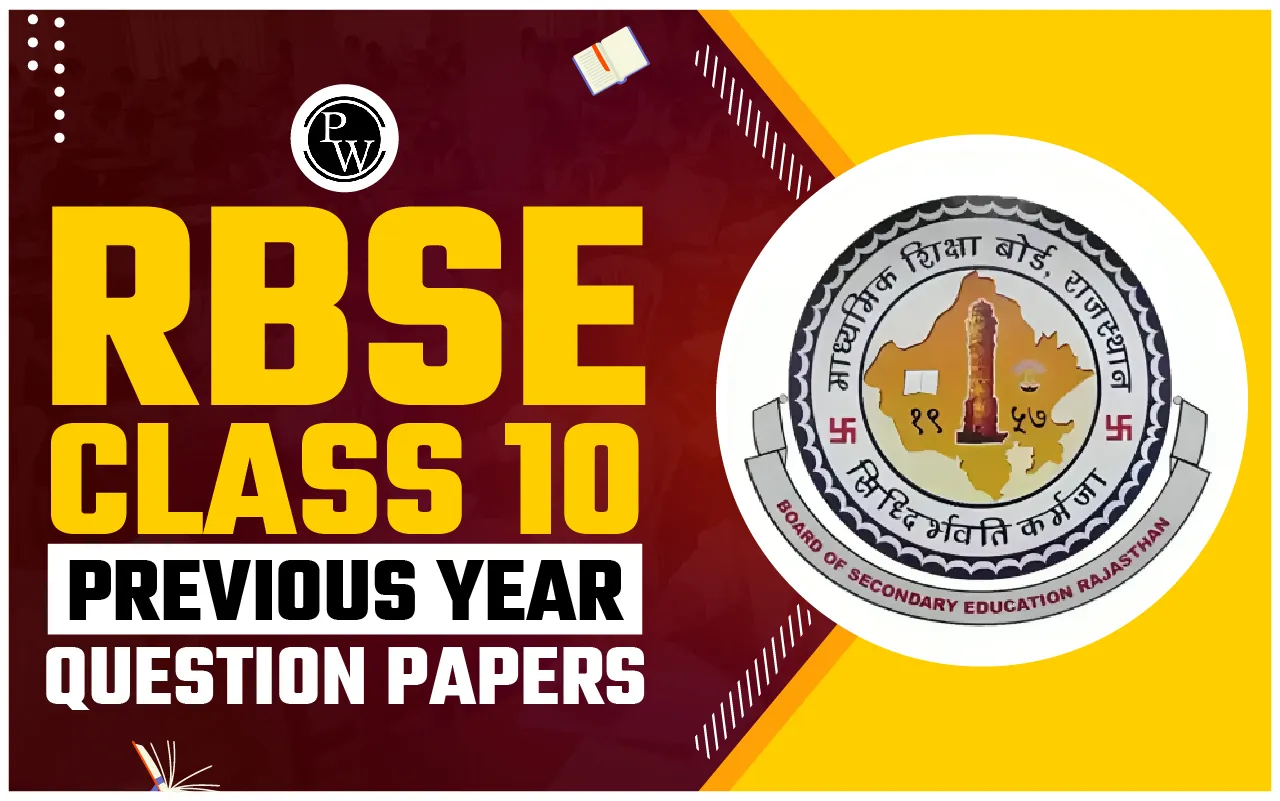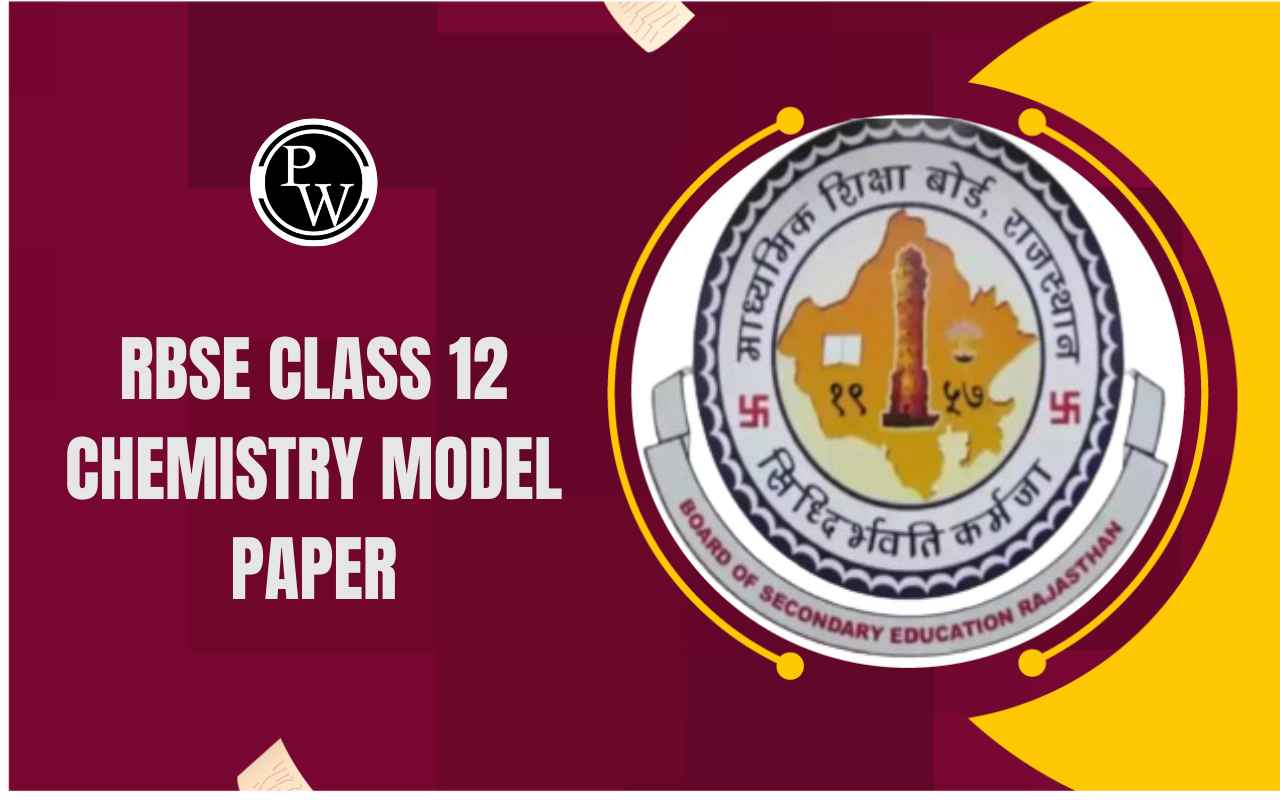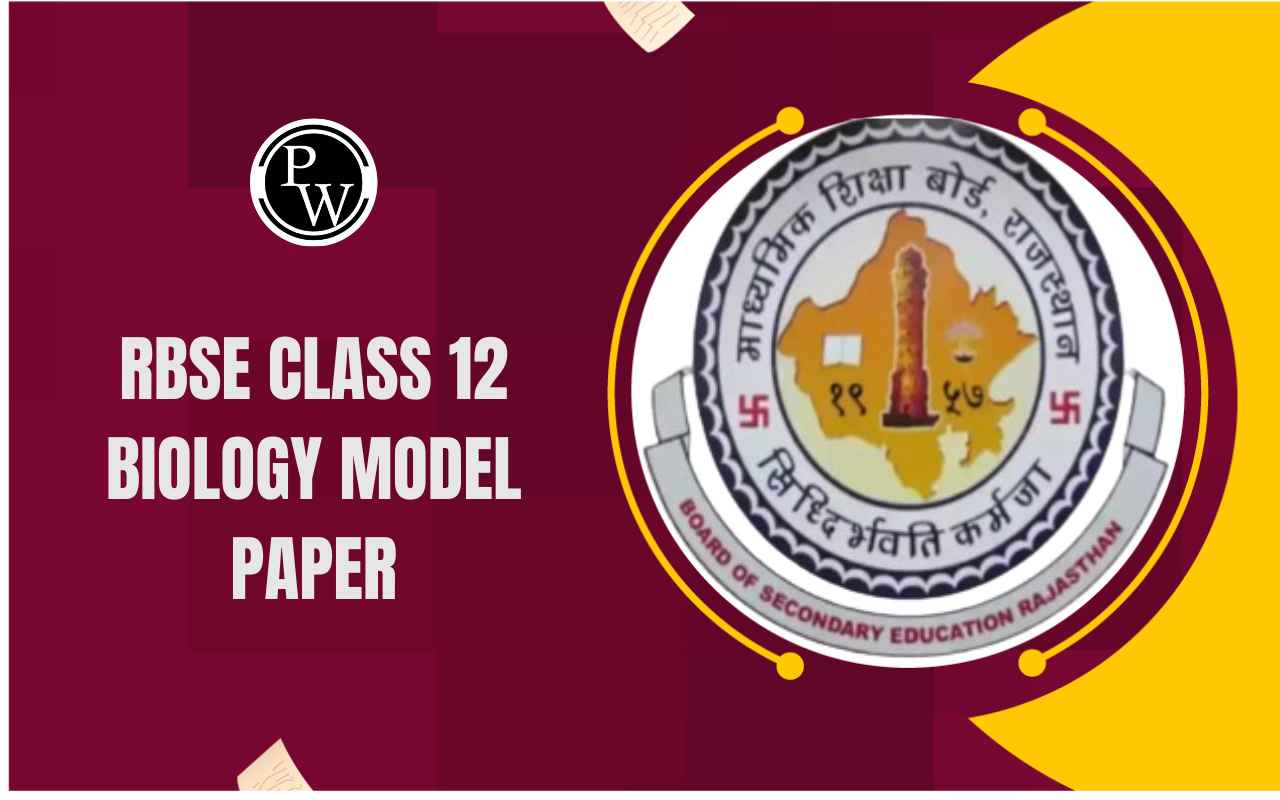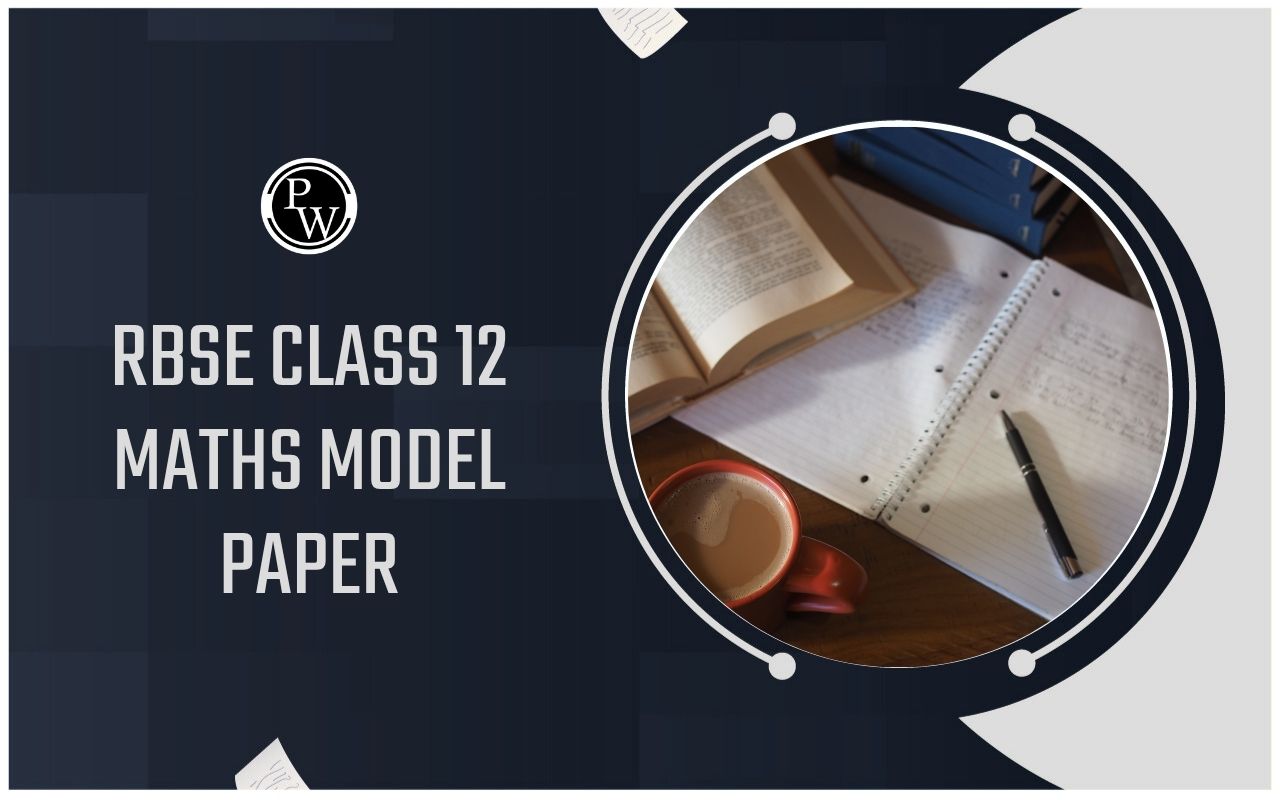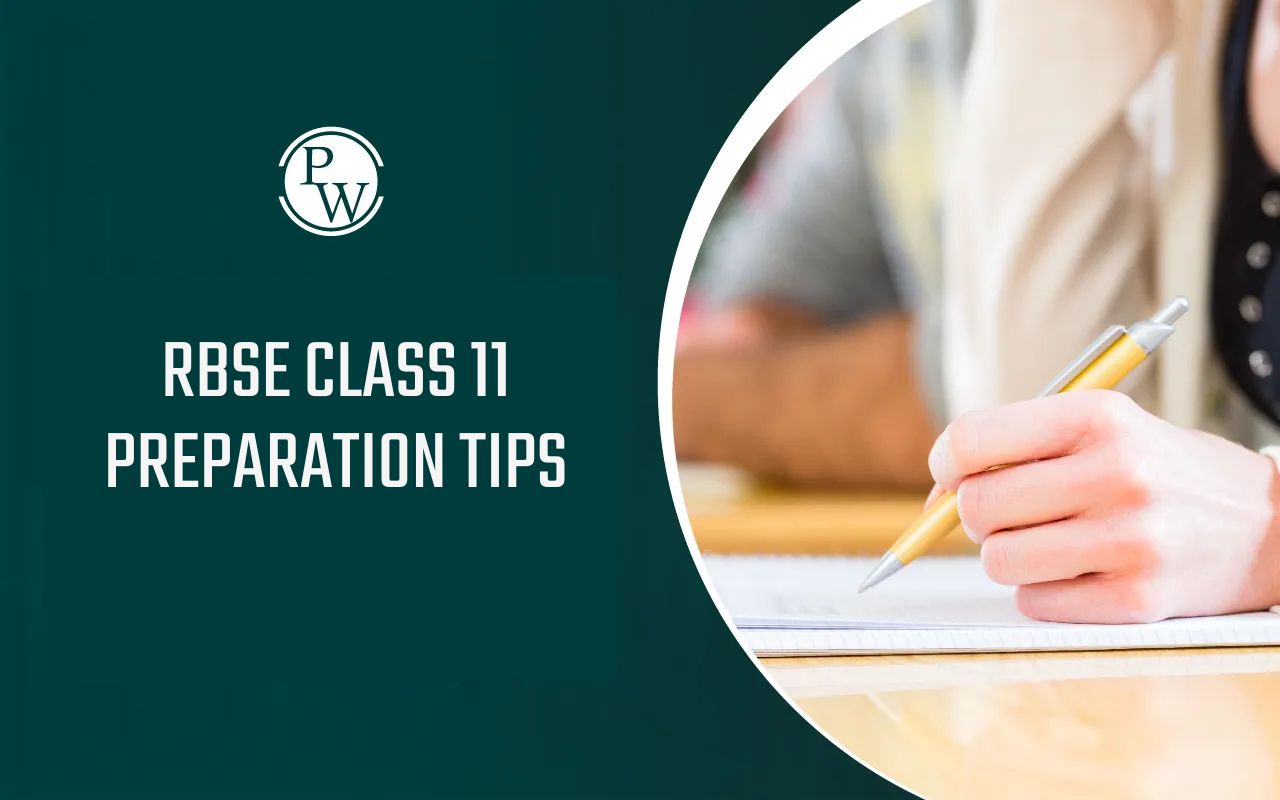
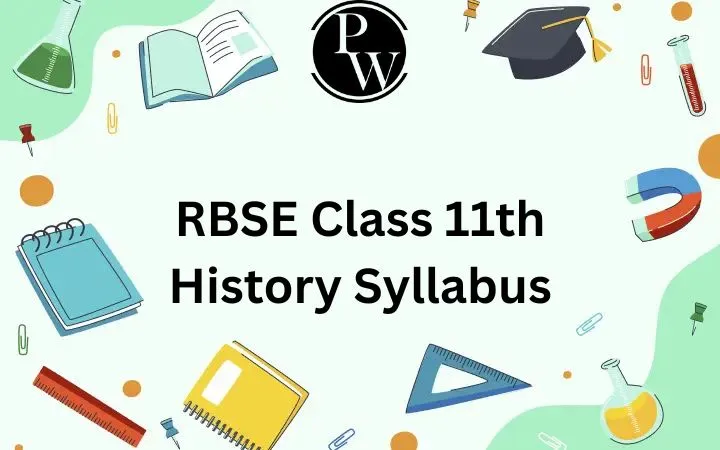
The RBSE Class 11th History syllabus 2025-26 covers key topics like early societies, empires, cultural developments, and modern world history. The syllabus is designed to build analytical and conceptual understanding of historical events. The exam pattern includes both theory and internal assessments, with questions based on source interpretation, short answers, and long essays. Students are advised to focus on NCERT textbooks and class notes.
Referring to previous year papers is essential for understanding the types of questions asked and important topics. A strategic approach to the syllabus, regular revision, and mock tests can help score well in the final examination.
RBSE Class 11th Geography Syllabus
RBSE Class 11th History Syllabus 2025-26
The RBSE Class 11th History syllabus includes important chapters that cover ancient to modern world history. In the table below, we have provided the complete list of chapters as per the latest syllabus. These chapters help students understand historical events, societies, and cultural changes in a structured manner, forming the foundation for advanced studies in history.
|
RBSE Class 11th History Syllabus |
|
|
Unit No. |
Chapter Name |
|
Unit 1 |
From the Beginning of Time |
|
Unit 2 |
Writing and City Life |
|
Unit 3 |
An Empire Across Three Continents |
|
Unit 4 |
The Central Islamic Lands |
|
Unit 5 |
Nomadic Empires |
|
Unit 6 |
The Three Orders |
|
Unit 7 |
Changing Cultural Traditions |
|
Unit 8 |
Confrontation of Cultures |
|
Unit 9 |
The Industrial Revolution |
|
Unit 10 |
Displacing Indigenous People |
|
Unit 11 |
Paths to Modernization |
RBSE Class 11th Political Science Syllabus
Detailed Overview of RBSE Class 11th History Syllabus
Here is a detailed overview of the RBSE Class 11th History syllabus based on the chapters:
-
From the Beginning of Time
This chapter explores the evolution of early humans, the development of tools, hunting-gathering practices, and the beginning of agriculture and settlements. -
Writing and City Life
Focuses on Mesopotamian civilization, the emergence of cities, writing systems, social structure, and the role of scribes and temples. -
An Empire Across Three Continents
Discusses the Roman Empire, its political structure, military expansion, social organization, and eventual decline. -
The Central Islamic Lands
Covers the rise of Islam, the Caliphate, trade routes, cultural contributions, and administrative changes in the Islamic world. -
Nomadic Empires
Studies the Mongols under Genghis Khan, their conquests, administration, and influence on global history. -
The Three Orders
Describes the social, economic, and political life in medieval Europe, especially the roles of nobles, clergy, and peasants. -
Changing Cultural Traditions
Examines the Renaissance, humanism, art, architecture, and the shift in scientific thinking in Europe between the 14th and 17th centuries. -
Confrontation of Cultures
Focuses on the European exploration of the Americas, interactions with indigenous people, colonization, and its global effects. -
The Industrial Revolution
Explores how and why the Industrial Revolution began in England, key inventions, factory systems, and its social-economic impact. -
Displacing Indigenous People
Looks into the colonization of Australia and North America, displacement of native populations, and struggles for survival. -
Paths to Modernization
Compares the modernization processes in Japan and China, their response to Western imperialism, and internal reforms.
RBSE Class 11th Hindi Syllabus
Steps to download RBSE Class 11th History Syllabus
Here are the steps to download the RBSE Class 11th History syllabus:
-
Go to the official Rajasthan Board website: rajeduboard.rajasthan.gov.in
-
Click on the “Books” or “Syllabus” section from the homepage.
-
Select “Class 11” from the list of classes.
-
Look for the History subject under the syllabus list.
-
Click on the link to open the syllabus PDF.
-
Download and save the PDF file to your device for future reference.
RBSE Class 11th History Syllabus PDF Download
RBSE Class 11th History syllabus is essential for students to understand the scope and structure of the subject for the academic year. It outlines all the chapters, themes, and assessment patterns that will be covered in the exam.
Knowing the syllabus helps students plan their studies effectively and focus on important topics. To make it easier for you, we have provided the RBSE Class 11th Syllabus for History PDF for direct download below. You can access and save it for offline use.
RBSE Class 11th History Syllabus
Study without using the internet
RBSE Class 11th History Exam Pattern and Marking Scheme
The RBSE Class 11th History exam pattern and marking scheme help students understand the weightage of each unit and prepare accordingly. In the table below, we have provided a clear breakdown of marks as per the latest syllabus. However, students are advised to always visit the official RBSE website for the most accurate and updated information.
|
RBSE Class 11th History Exam Pattern and Marking Scheme |
||
|
Unit Name |
Theme/Content |
Marks |
|
Early Societies |
Ancient civilizations and cultures |
15 |
|
Empires |
Rise and expansion of empires |
25 |
|
Changing Traditions |
Cultural and intellectual developments |
25 |
|
Towards Modernisation |
Transition to the modern world |
35 |
|
Total |
100 |
|
RBSE 11th Class English Syllabus
RBSE Class 11th History Assessment and Projects
RBSE Class 11th History assessment includes both theoretical exams and internal evaluation through projects and assignments. The internal assessment carries significant weight and focuses on enhancing analytical and research skills. Students may be asked to create timelines, conduct interviews, prepare reports, or present historical case studies.
These projects promote active learning and help students connect historical events with real-world contexts. Proper completion and presentation of these activities contribute to overall performance. Teachers evaluate them based on creativity, accuracy, and understanding of the topic.
Preparation Tips for RBSE Class 11th History Syllabus
Here are some preparation tips for RBSE Class 11th History:
-
Understand the Syllabus: Go through the entire syllabus to know the important themes and chapter-wise weightage.
-
Use NCERT Textbooks: Stick to the recommended NCERT books as most questions are based on them.
-
Make Timelines and Notes: Create timelines for events and maintain concise notes for quick revision.
-
Revise Regularly: Set aside weekly revision time to avoid last-minute stress.
-
Practice Previous Year Papers: Solve past papers to understand the exam pattern and commonly asked questions.
-
Focus on Concepts: Instead of rote learning, try to understand the causes, impacts, and significance of historical events.
-
Use Visual Aids: Diagrams, flowcharts, and maps can help retain information better.
RBSE Class 11th History Syllabus FAQs
Is the RBSE Class 11 History syllabus based on NCERT?
What is the total marks for the History theory paper?
Is there any internal assessment in Class 11 History?
Are maps included in the History syllabus?

